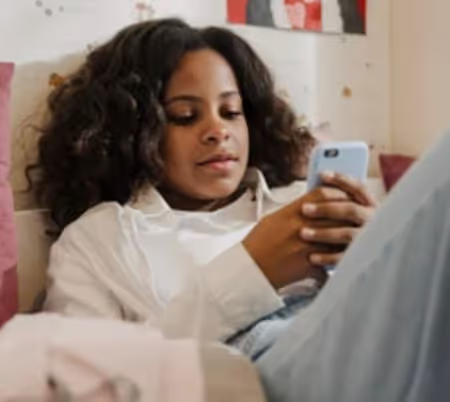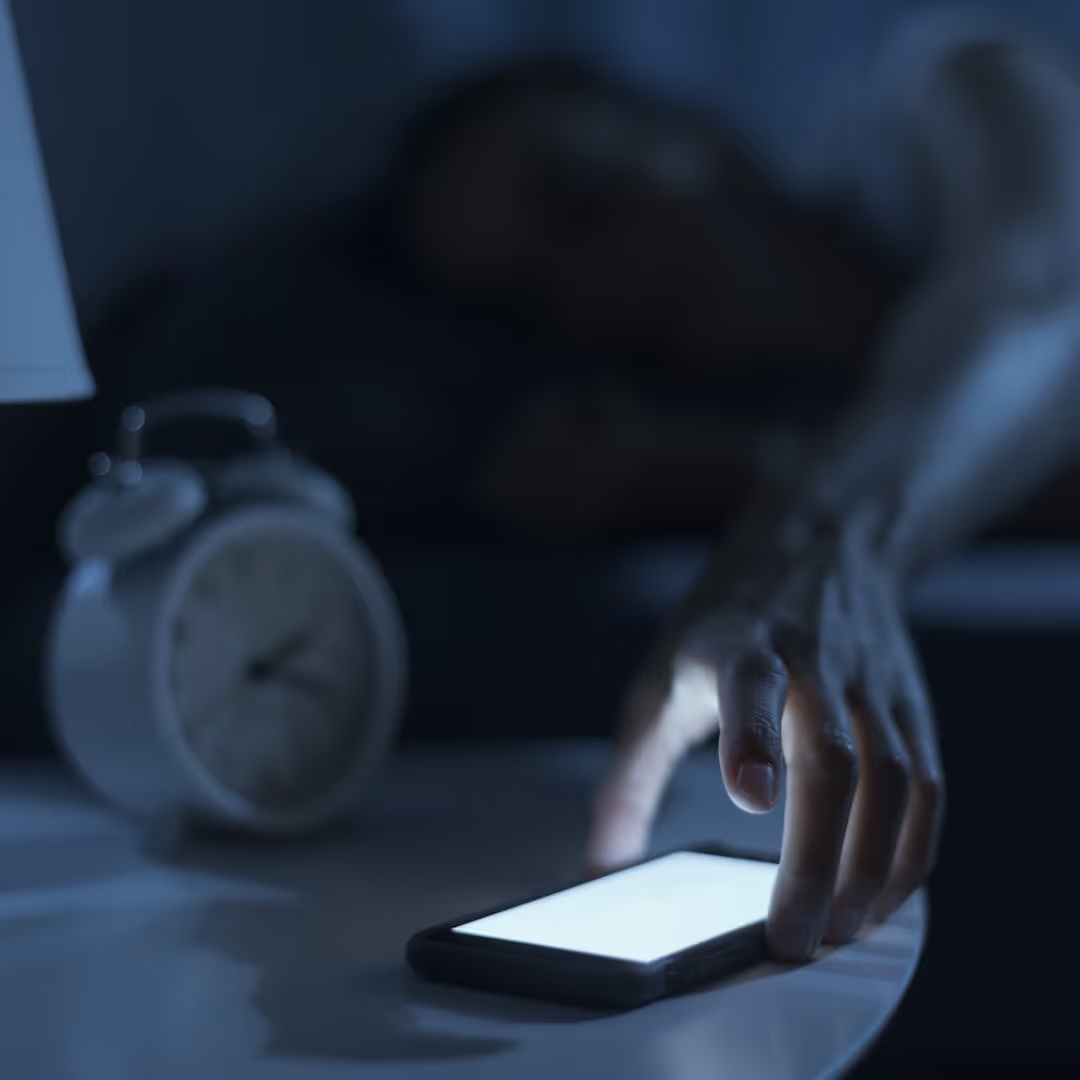


Vivek Murthy is a dearly regarded humanist and primary care physician who happens to be the nation’s top doctor, the U.S. Surgeon General. (Surgeon General is a confusing title because while a person must be a doctor to hold the position, they do not have to be a surgeon. Dr. Murthy is, like me, a primary care physician.) Surgeon generals are tasked with setting agendas to improve the nation's health.
Dr. Murthy has been concerned with the level of loneliness experienced by people in our country. A few years ago, I was honored that when he was writing a book on this topic, he called to get my thoughts on how our tech revolution was contributing to the situation.
Recently Dr. Murthy announced that he and his team are working on a national framework to “rebuild social connection and community in America.” In his announcement, he said, “ …we have to renegotiate our relationship with technology, creating space in our lives without our devices so we can be more present with one another.”
This past week alone, I talked with people from three families about tech causing disconnection in their homes.
Today I share one of the stories and the advice I gave one father:
The father, I will call him Jeremy, is a friend who was staying with us from out of town. He wanted to talk to me about his 14-year-old daughter, who was constantly in her room. He missed their connection and felt frustrated not knowing what was happening in her life.
He was especially concerned because he had recently discovered she had been smoking nicotine, and there was an incident with alcohol.
During his stay, I was moved by his devotion to talking about what he could do to feel more connected with his daughter and, of course, help prevent risky behavior. His love for his daughter was so visible in his eyes.
Learn more about showing our movies in your school or community!
Join Screenagers filmmaker Delaney Ruston MD for our latest Podcast

Learn more about our Screen-Free Sleep campaign at the website!
Our movie made for parents and educators of younger kids
Learn more about showing our movies in your school or community!
When I asked my friend if they had a policy about devices out of the bedroom during the day, he said no. He said he had not ever thought that could be a possibility.
I explained that it was a policy in our home that worked well. Once my kids were 16, there were some times that some studying could happen in their room, but by then, they were so much in the habit of studying outside their room that is where they chose most of the time.
I explained that many, many families also have this same policy. And why is it important?
By being in shared spaces, even if on screens, countless little interactions happen over time, and this keeps us more connected as families.
I gave him the following steps to follow to change the policy:
Learn more about showing our movies in your school or community!
Join Screenagers filmmaker Delaney Ruston MD for our latest Podcast

Learn more about our Screen-Free Sleep campaign at the website!
Our movie made for parents and educators of younger kids
Join Screenagers filmmaker Delaney Ruston MD for our latest Podcast
Jeremy said he was scared of her emotions. I said it was important to validate her emotions. He could do this by saying: “It makes sense you are upset.” Then, reiterate some of the reasons she shared the day before.
Let her know that given she is 14 and tech is the most powerful draw in our current lives, allowing teens to disappear into that void is not what mental health professionals recommend.
And in terms of the issue of finding out about smoking and alcohol, we discussed several of the strategies for addressing that, which are in the latest film, Screenagers Under The Influence, and that I will be sharing in upcoming Tech Talk Tuesdays.
1. During the day, how much time are devices in private spaces, like bedrooms, vs. shared spaces?
2. Is it time to create or change a policy around this?
3. Is it time for an impromptu game of charades or Bananagrams? 🙂
As we’re about to celebrate 10 years of Screenagers, we want to hear what’s been most helpful and what you’d like to see next.
Please click here to share your thoughts with us in our community survey. It only takes 5–10 minutes, and everyone who completes it will be entered to win one of five $50 Amazon vouchers.
Vivek Murthy is a dearly regarded humanist and primary care physician who happens to be the nation’s top doctor, the U.S. Surgeon General. (Surgeon General is a confusing title because while a person must be a doctor to hold the position, they do not have to be a surgeon. Dr. Murthy is, like me, a primary care physician.) Surgeon generals are tasked with setting agendas to improve the nation's health.
Dr. Murthy has been concerned with the level of loneliness experienced by people in our country. A few years ago, I was honored that when he was writing a book on this topic, he called to get my thoughts on how our tech revolution was contributing to the situation.
Recently Dr. Murthy announced that he and his team are working on a national framework to “rebuild social connection and community in America.” In his announcement, he said, “ …we have to renegotiate our relationship with technology, creating space in our lives without our devices so we can be more present with one another.”
This past week alone, I talked with people from three families about tech causing disconnection in their homes.
Today I share one of the stories and the advice I gave one father:
The father, I will call him Jeremy, is a friend who was staying with us from out of town. He wanted to talk to me about his 14-year-old daughter, who was constantly in her room. He missed their connection and felt frustrated not knowing what was happening in her life.
He was especially concerned because he had recently discovered she had been smoking nicotine, and there was an incident with alcohol.
During his stay, I was moved by his devotion to talking about what he could do to feel more connected with his daughter and, of course, help prevent risky behavior. His love for his daughter was so visible in his eyes.
When I asked my friend if they had a policy about devices out of the bedroom during the day, he said no. He said he had not ever thought that could be a possibility.
I explained that it was a policy in our home that worked well. Once my kids were 16, there were some times that some studying could happen in their room, but by then, they were so much in the habit of studying outside their room that is where they chose most of the time.
I explained that many, many families also have this same policy. And why is it important?
By being in shared spaces, even if on screens, countless little interactions happen over time, and this keeps us more connected as families.
I gave him the following steps to follow to change the policy:
Jeremy said he was scared of her emotions. I said it was important to validate her emotions. He could do this by saying: “It makes sense you are upset.” Then, reiterate some of the reasons she shared the day before.
Let her know that given she is 14 and tech is the most powerful draw in our current lives, allowing teens to disappear into that void is not what mental health professionals recommend.
And in terms of the issue of finding out about smoking and alcohol, we discussed several of the strategies for addressing that, which are in the latest film, Screenagers Under The Influence, and that I will be sharing in upcoming Tech Talk Tuesdays.
1. During the day, how much time are devices in private spaces, like bedrooms, vs. shared spaces?
2. Is it time to create or change a policy around this?
3. Is it time for an impromptu game of charades or Bananagrams? 🙂
Sign up here to receive the weekly Tech Talk Tuesdays newsletter from Screenagers filmmaker Delaney Ruston MD.
We respect your privacy.
Vivek Murthy is a dearly regarded humanist and primary care physician who happens to be the nation’s top doctor, the U.S. Surgeon General. (Surgeon General is a confusing title because while a person must be a doctor to hold the position, they do not have to be a surgeon. Dr. Murthy is, like me, a primary care physician.) Surgeon generals are tasked with setting agendas to improve the nation's health.
Dr. Murthy has been concerned with the level of loneliness experienced by people in our country. A few years ago, I was honored that when he was writing a book on this topic, he called to get my thoughts on how our tech revolution was contributing to the situation.
Recently Dr. Murthy announced that he and his team are working on a national framework to “rebuild social connection and community in America.” In his announcement, he said, “ …we have to renegotiate our relationship with technology, creating space in our lives without our devices so we can be more present with one another.”
This past week alone, I talked with people from three families about tech causing disconnection in their homes.
Today I share one of the stories and the advice I gave one father:
The father, I will call him Jeremy, is a friend who was staying with us from out of town. He wanted to talk to me about his 14-year-old daughter, who was constantly in her room. He missed their connection and felt frustrated not knowing what was happening in her life.
He was especially concerned because he had recently discovered she had been smoking nicotine, and there was an incident with alcohol.
During his stay, I was moved by his devotion to talking about what he could do to feel more connected with his daughter and, of course, help prevent risky behavior. His love for his daughter was so visible in his eyes.

Many adults keep their phones by the bed — it feels harmless, even necessary. But what if that habit is quietly affecting our sleep and the example we set for our kids? In this week’s blog, Dr. Ruston shares two key things every parent should know about sleeping next to a phone, and how small nighttime tech changes can make a big difference for the whole family.
READ MORE >
From Call of Duty and Grand Theft Auto to violence and gunfire in movies and shows, aggression is a constant backdrop in boys’ media diets. And with various influencers and online personalities framing success through the lens of strength, competition, dominance and winning, boys are being handed a narrow script for masculinity. As parents, one of the most important things we can do is offer a counterweight. We can help boys strengthen empathy, compassion, and respect as core traits of masculinity, so they have a broader, healthier vision of who they can become.
READ MORE >
Last week we introduced you to our Screen-Free Sleep campaign! Since then, we’ve been flooded with emails and calls, and most are asking the same question: How can we get this spreading in our school? Today’s blog has the answers.
READ MORE >for more like this, DR. DELANEY RUSTON'S NEW BOOK, PARENTING IN THE SCREEN AGE, IS THE DEFINITIVE GUIDE FOR TODAY’S PARENTS. WITH INSIGHTS ON SCREEN TIME FROM RESEARCHERS, INPUT FROM KIDS & TEENS, THIS BOOK IS PACKED WITH SOLUTIONS FOR HOW TO START AND SUSTAIN PRODUCTIVE FAMILY TALKS ABOUT TECHNOLOGY AND IT’S IMPACT ON OUR MENTAL WELLBEING.
